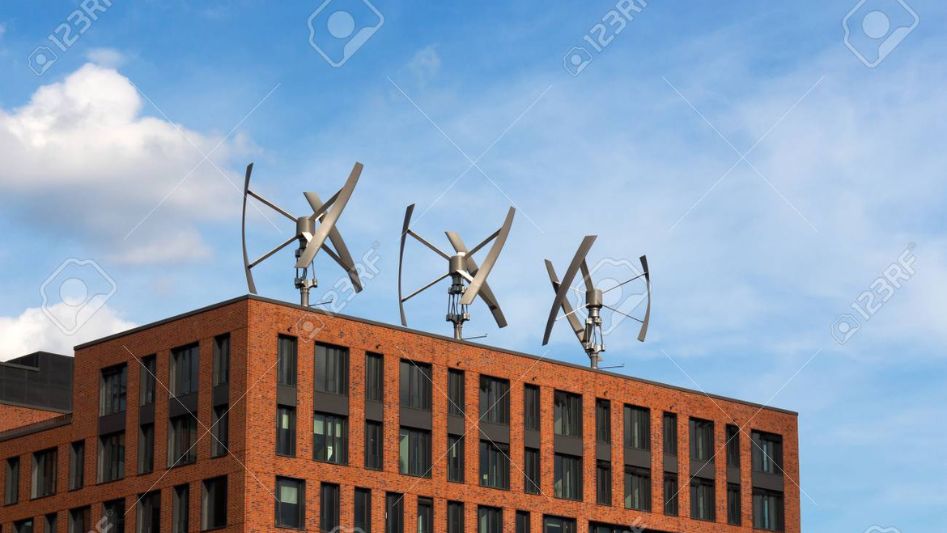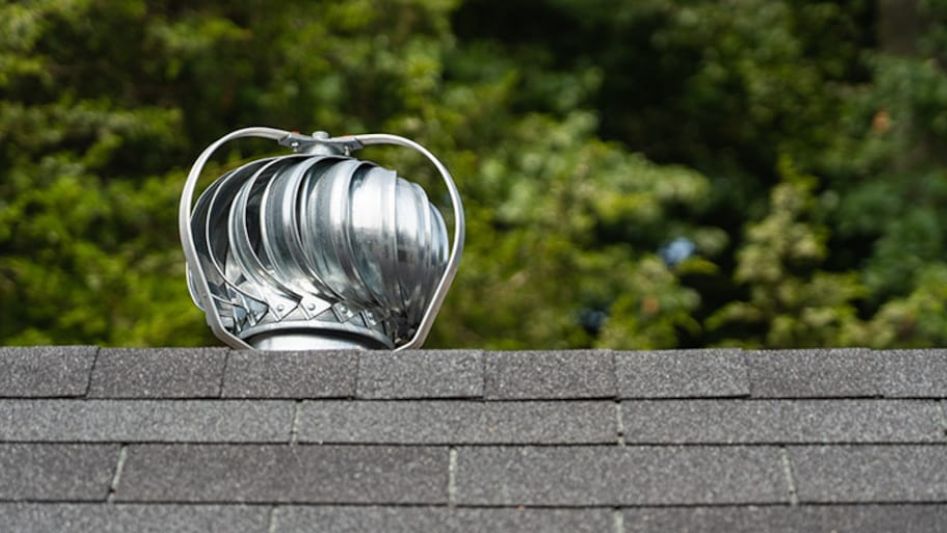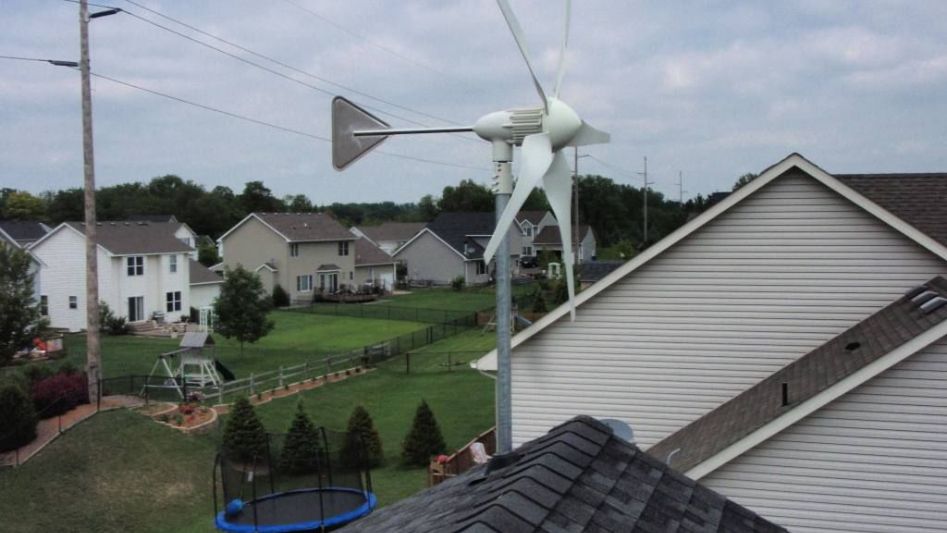The search for sustainable and renewable energy sources has led homeowners to explore various options to reduce their carbon footprint and energy bills. While solar panels have gained significant popularity over the years, another clean energy solution is emerging as a viable option for homeowners – rooftop wind turbines. These compact, efficient wind turbines are designed to harness the power of the wind right in your own backyard, making wind energy accessible to individual households. In this article, we’ll explore the concept of rooftop wind turbines, their benefits, installation considerations, and their potential impact on your home and the environment.
Table of Contents

Understanding Rooftop Wind Turbines
Rooftop wind turbines, also known as small wind turbines or residential wind turbines, are scaled-down versions of the larger wind turbines often seen in wind farms. They are designed to generate electricity by capturing the kinetic energy of the wind and converting it into usable power for your home. These turbines consist of a rotor with multiple blades that rotate when the wind blows, and an electrical generator that converts this rotational energy into electrical power.
Unlike their larger counterparts, rooftop wind turbines are compact and designed to be installed on residential rooftops or in small spaces on your property. They are typically smaller in size, making them a practical choice for homeowners with limited space. These turbines are most effective in areas with consistent and relatively strong wind patterns.
Benefits of Rooftop Wind Turbines
- Clean and Renewable Energy: Rooftop wind turbines generate electricity without producing harmful emissions, making them an environmentally friendly energy source. They rely on the power of the wind, a renewable resource that will never run out.
- Energy Cost Savings: By harnessing wind power, homeowners can reduce their reliance on traditional grid electricity, which can lead to substantial savings on energy bills over time.
- Energy Independence: Installing a rooftop wind turbine can increase your energy self-sufficiency. You’ll have your own source of electricity, reducing your dependence on external power sources.
- Reduced Carbon Footprint: Generating electricity from wind power significantly reduces your carbon footprint, helping combat climate change and contributing to a more sustainable future.
- Property Value: A rooftop wind turbine can increase the resale value of your home, as eco-friendly features are becoming more attractive to potential buyers.
- Government Incentives: Many governments offer incentives and tax credits for the installation of renewable energy systems, including rooftop wind turbines, which can further offset the initial costs.

Installation Considerations
Before installing a rooftop wind turbine, homeowners should consider several factors:
- Local Wind Patterns: Analyze the wind patterns in your area to determine if they are sufficient for consistent energy generation. An ideal location has consistent, moderate to strong winds.
- Local Regulations: Check local zoning laws and regulations related to wind turbines. Some areas have restrictions on turbine height and placement.
- Property Suitability: Assess the suitability of your property for turbine installation. Ensure your roof or mounting location is structurally sound to support the weight and vibration of the turbine.
- Noise and Aesthetics: Consider the noise levels generated by the turbine and how it may affect your neighbors. Additionally, evaluate how the turbine’s appearance may impact your property’s aesthetics.
- Cost and Return on Investment: Calculate the initial cost of the turbine and its expected payback period through energy savings. Consider available incentives and financing options.
- Maintenance: Rooftop wind turbines require regular maintenance to ensure optimal performance. Factor in maintenance costs and routines when planning for installation.
Environmental Impact
Rooftop wind turbines have a minimal environmental footprint compared to fossil fuel-based energy sources. They produce clean energy without emitting greenhouse gases, air pollutants, or contributing to resource depletion. Additionally, they have a lower visual impact compared to large wind farms, making them a more aesthetically pleasing renewable energy option for residential areas.

Conclusion
Rooftop wind turbines offer homeowners an opportunity to tap into the power of the wind, reduce energy bills, and contribute to a greener, more sustainable future. While they may not be suitable for every home due to varying wind conditions and regulations, for those in the right locations, rooftop wind turbines can provide clean, renewable energy and numerous financial and environmental benefits. As technology continues to improve and awareness of the importance of renewable energy grows, rooftop wind turbines are likely to play a more significant role in the transition to a cleaner and more sustainable energy landscape. If you’re considering a rooftop wind turbine, consult with renewable energy professionals to assess the feasibility and potential benefits for your specific situation.
FAQs
What are rooftop wind turbines?
Rooftop wind turbines are compact wind energy systems designed for homes. They capture wind power to generate electricity for residential use.
How do rooftop wind turbines work?
Rooftop turbines have blades that spin in the wind, powering an electrical generator. This generator converts wind energy into usable electricity for your home.
Are rooftop wind turbines suitable for all homes?
No, suitability depends on factors like local wind patterns, zoning regulations, property structure, and budget. Consult experts for personalized assessments.
What are the benefits of rooftop wind turbines?
Benefits include clean energy, reduced energy bills, property value increase, energy independence, and environmental benefits.
You May Also Like
- FROM SOLAR PANELS TO WIND TURBINES: RENEWABLE ENERGY IN THE CITY
- ARE SMALL WIND TURBINES WORTH IT? (PROS AND CONS TO CONSIDER)
- ROOFTOP WIND TURBINES
- FROM TURBINES TO DAMS: UNDERSTANDING THE TECH BEHIND HYDRO AND WIND POWER GENERATION
- SMALL WIND TURBINES HOW DO THEY WORK
